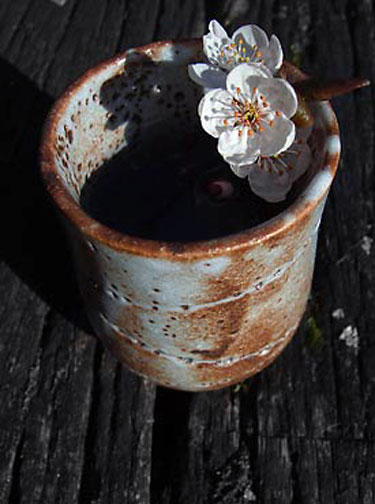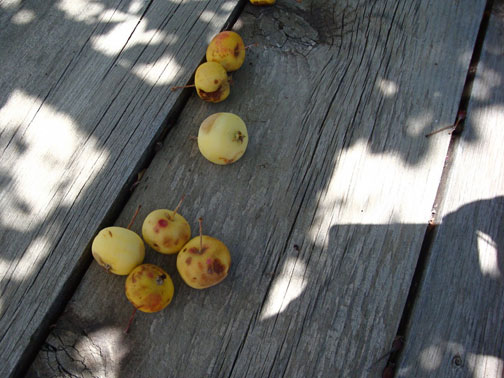Quiet Crow Bonsai
A Collection of Stellar Bonsai MusingsArticles
Wabi Sabi - 10 Ways
In the previous segment we discovered the Wabi Sabi Essence. That is to say Wabi and Sabi are two separate words, with related but different meanings. We also explored the gentle aesthetic principle that underscores a meditative approach. in the segement on Wabi Sabi Aesthetic.
The art of finding beauty in of things modest and humble begins by adding wabi sabi concepts into your work with trees, may it be in a class or workshop, with your study group or solo. Here are 10 ways:
- 1. Cultivate Slowness.
- Rebel against the machines, hand carve your shari and jin. Take 10 minutes to sweep the floor with a real broom rather than filling your space with the roar of the vacuum or blower.
- 2. Cultivate Vision.
- Strengthen your ability to find beauty in bonsai containers for future projects. Start with the container you use to hold your morning beverage. Treat yourself to pottery that feels solid and heavy in your hand. Admire your mug’s shape, textures and colors.
- 3. Cultivate Craft.
- Making and growing things yourself is a gentle rebellion against mass production. Make a container or stand. Display your bonsai, your own creation as a tactile meditation almost impossible to experience by any other means.
- 4. Cultivate Cleanliness.
- An ancient tea master described wabi-sabi as “putting one’s whole heart to cleaning and repeating it several times.” Every time we sweep, dust or wash, we’re creating clean, sacred space.
- 5. Cultivate Silence.
- To cultivate what Quakers call the “still, small voice within,” slowly reduce the noise sources in your life. Less is more. Leave the radio off during your commute to the class or group. Practice a few moments of silence before eating a shared meal. Make time in the afternoon for a quiet cup of tea.
- 6. Cultivate Sabi (the beauty that comes with age).
- Old well kept tools, antique containers give your bonsai space soul. Salvaged materials give a newer space depth and history it couldn’t otherwise have.
- 7. Cultivate Soul.
- A piece made by hand holds the steady, solid vibrations of its maker rather than those of the jarring, impersonal machine. Surrounding yourself with things made by real people invites a tiny piece of each craftsman into your space.
- 8. Cultivate Imperfection.
- Real people leave mail piled in the entry, let the flowers go a little too long in the vase (if they have them at all), allow the dog on the bed and have unpredictable cats. Wabi-sabi embraces these flaws.
- 9. Cultivate Hospitality.
- Give your work space, a soft seat, gentle lighting or maybe a gel pad under foot. Invite people to stay, sit next to you, share time contemplating your bonsai or sipping tea.
- 10. Cultivate Simplicity.
- The cultivation of simplicity is a habitual way of addressing the constant flow of disturbing emotions that arise in our heart and mind, that create distraction in our relationships and craftsmanship. With the simple things the choices of discovery expand. Sit with one bonsai and you can be mesmerized by its deepness. It takes discipline, patience, and desire to seek simplicity. The thing is that simple doesn't mean bland. On the contrary, there is deep complexity in simplicity.



